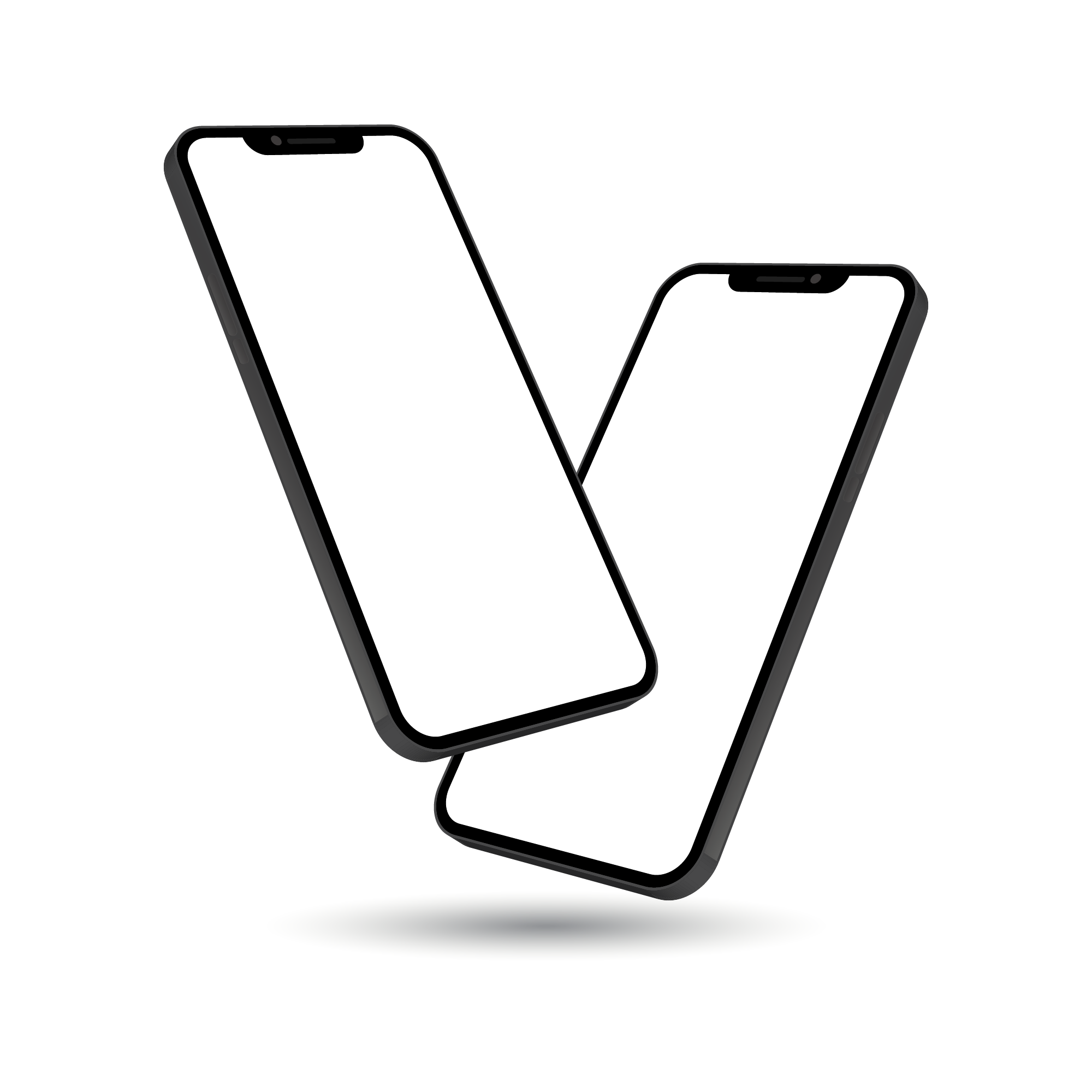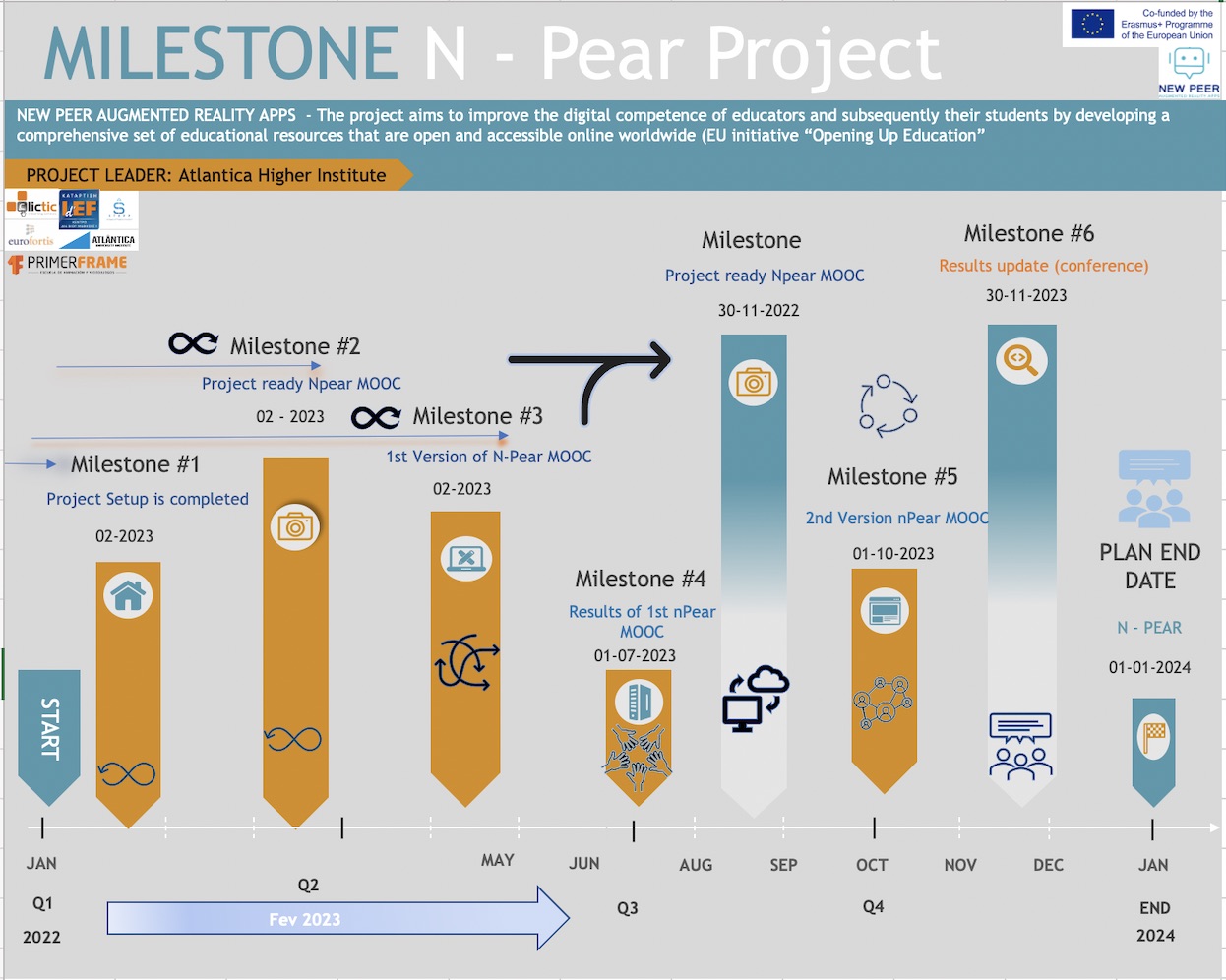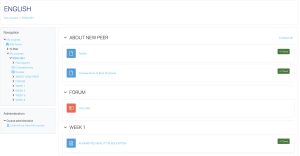
Project
What is our Project?
The nPEAR project aims to mainstream the adoption of educational AR apps by assembling a comprehensive overview of available offers, collecting best practices, creating guidelines for physical education educators and developing an online course to deliver these materials. AR is a rapidly growing market amongst the ICT technologies. AR provides an enriched view onto the physical world, adding layers with contextually useful information, delivered visually or by stimulating other senses using hand-held or wearable devices. Many industrial use cases of AR in, for example, manufacturing, construction, health, the service sector, or in trade can be found.
Results
N-Pear Objetives
The design of the project is guided by the European policies, strategies and tools.The project aims to improve the digital competence of educators and subsequently their students by developing a comprehensive set of educational resources that are open and accessible online worldwide (EU initiative “Opening Up Education”

Result 1. A toolkit for AR apps Responsable Institution – EIA – ENSINO E INVESTIGACAO E ADMINISTRACAO SA (Portugal) Result Type – Learning / teaching / training material – Toolkit

Result 2. Compendium of best practices (case studies in Portugal, Spain, Italy and Greece)
Responsable Institution – Clictic S.L. (Spain)
Result Type – Studies / analysis – Case study
Result 3. A Pedagogical strategy for AR and peer learning: A strategy for implementing AR in peer learning
in physical education based on existing best practices in the educational use of AR, including an educational
AR skills framework
Responsable Institution – BIEDRIBA EUROFORTIS (Latvia)
Result Type – Methodologies / guidelines – Methodological framework for implementation
Result 4. A MOOC (massive open online course) aimed at unlimited participation and open access via the
web, including elements of educational games
Responsable Institution – STEPP STRATEGIE SERVIZI SVILUPPO SRLS (Italy)
Result Type – Open / online / digital education – Massive Open On-line Course (MOOC)
Result 5. Audiovisual material for the toolkit and the MOOC
Responsable Institution – PrimerFrame (Spain)
Result Type – Learning / teaching / training material – Audiovisual material
Download here: Dig Publ Proceed_PR6
Result 6. Academic publications (an AR for educators book containing all major results of the project and
the nPEAR conference proceedings)
Responsable Institution – UNITY EVROPAIKO KOLLEGIO ELLADAS (Greece)
Result Type – Learning / teaching / training material – Academic / scientific publication
The design of the #NewPeer project is guided by the European policies, strategies and tools.
The project aims to improve the digital competence of educators and subsequently their students by developing a comprehensive set of educational resources that are open and accessible online worldwide (EU initiative “Opening Up Education”).

"If we teach today as we taught yesterday, we rob our children of tomorrow." John Dewey
The N-Peer project (Inclusive peer -to peer learning and augmented reality tools) is designed to explore active and social learning methods in higher education.
Currently, in the autumn season partners from Portugal, Greece, Spain, Italy and Latvia are focusing on the study cases to research the best practices for creating the guidelines for physical education educators.
A field athletic trainer from Latvia who is training first-grade students stresses that peer-to-peer learning in athletics is essential. During the competitions, the trainers can’t be next to the field athlete, so support and constructive help need to come from colleagues. However, there is a need to be a common understanding and team spirit.
AR could help the athletes to construct the technique but the physical practice is still the most essential for success.

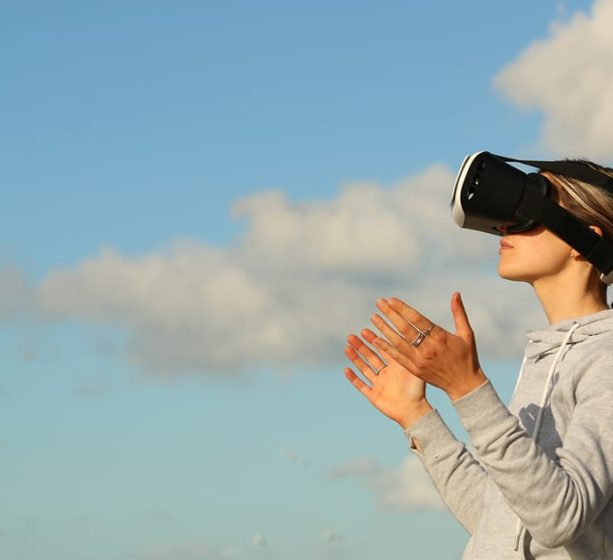
Which are the main differences between Augmented & Virtual Reality?
Augmented Reality
Uses real world as background.
Presents layers of virtual information that enrich the environment.
Virtual Reality
Offers a completely virtual world.
Presents a fully synthetic experience.



On the 1st and 2nd of December 2022, everyone was in #Riga to keep on working on this amazing project, called "New-Pear Project with Augmented Reality APPS"!
Two days for our Transnational Project Meeting were awesome, because all of the partners' staff members met together to discuss over the progress of the project, the updates of the PRs and next steps!




We are in the middle of a cultural change regarding the use of virtual environments.
This has been exponentially growing since the Covid pandemic and now researchs show that 50% of gen Z people feels more confident in online environments.
Many companies around the world are beginning to develop immersive 3D technology for educational purposes.





Our project is all about Peer Learning, but...what is it really about?
It is a teaching method born in the United States in the 1970s, but which has its roots in already existing pedagogical approaches such as, for example, peerlearning of the Montessori Method.
What characterizes this approach is that it is based on the principle that knowledge can - and must - be transmitted between "peers", i.e. between students of the same age, rather than between teacher (adult) and a learner (child or adolescent) within of a unilateral and formalized relationship. In peer learning, therefore, it is the students themselves who get involved and take on the role of tutor towards their classmates, sharing information, ideas and experiences. A very unique method that we are going to develop with the innovation of Augmented Reality..cannot wait to show you more!






We do live here and now, but it seems so interesting living here and now while we can use our smartphones and tablets to witness something far beyond reality through their cameras.
It's like playing Pokémon!
This is the so called "Augmented Reality", the main field of N-Pear Project through peer-learning.






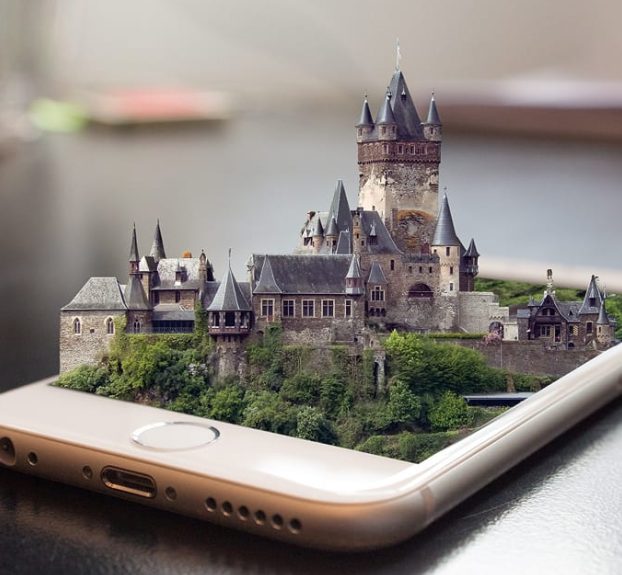
Going through this project it is important to talk about the effect of Augmented Reality in education of young students! Augmented reality in education can help students to master practical skills, it allows for a learning experience with precise depictions of real-life or in-field conditions.
Moreover, AR provides plenty of interactive opportunities for students, minimizing boring lessons and helps students to develop their teamwork skills!








Our N-Pear Project may focus on the use of Augmented Reality APPS, but all project's institutions and their teachers do not forget to mention everything about the technology chain that consists of VR, AR and Metaverse.
Each day Virtual Reality and Artificial Intelligence news are getting more common in our society. This, together with block chain conforms the basis of Metaverse, which undoubtedly, is very useful for education as an immersive experience.
In the near future, with the irruption of the Metaverse and its associated technologies, the role of students and teachers will change radically.
Students will have the opportunity of experiencing promising tools that will enable them to create and lead their own learning process. They will also be of great help to those with disabilities such as ASD or ADHD, dyslexia as more precise learning tools focused on their needs can be offered.
For teachers, immersive technologies can serve as valuable tools to enable them to achieve success in their educational action. For example, by creating virtual students in order to practice their skills before leading a real group.









The N-Pear Project Phases
The main objectives are:
Map the educational use of AR in physical education, focusing on collaborative and peer learning approaches The consortium will map the existing research results and available applications, supplementing these results and validating them in case studies following the research methodology of Informed Grounded Theory. The focus on peer learning and collaborative learning approach is within the inclusive education framework, as defined by the United Nations – taking into account personal requirements and preferences. In 2016, the United Nations released General Comment No. 4 to explain the right to inclusive education, focusing the new definition on providing all students with an equitable and participatory learning experience and environment that best corresponds to their requirements and preferences.
Facilitate the adoption of AR in physical education by creating open access teaching and learning material for educators. The new materials will include a toolkit of educational AR apps and platforms supplemented by teacher guidelines, a compendium of best practices, and a competence framework for AR educators all available as independently as OERs and delivered as a MOOC with professionally designed audiovisual material)
Create and maintain a community of experts in physical educational AR and other stakeholders that will ensure sustainability of the project and keep the most useful results up-to-date
AUMENTED REALITY
Fitness community to help.
Nibh amet feugiat ornare leo morbi euismod pellentesque duis id eu viverra ipsum est, et scelerisque quisque feugiat condimentum morbi mi massa dis vitae.



